В XVII – XVIII веках на месте будущего Манежа находилась площадь, где торговали дровами, сеном и мхом, которым конопатили деревянные стены домов (с тех времен и существует название Моховой улицы). Пожар 1812 года уничтожил деревянную застройку улицы, но уже к 1817 году большая часть зданий была выстроена заново. В этом же году 30 ноября, ко дню парада войск - по случаю пятилетней годовщины разгрома армии Наполеона императором Александром I, и открылся Манеж.
Построенное в рекордные сроки (всего за шесть месяцев!), здание Манежа представляло собой уникальную постройку не только по своим размерам (166,1Х44,7 м – самое крупное строение в России на протяжении полутора веков), но и по планировке. Первоначально Манеж предназначался для проведения смотров, учений и парадов, по проекту, в нем должны были легко помещаться до 2 тысяч солдат. Начальник Главного управления путей сообщения и публичных зданий генерал-инженер А. А. Бетанкур разработал проект и поручил его строительство Л. Л. Карбонье. Тот, в свою очередь, представил императору еще два проекта, но Александр утвердил первый – «бетанкуровский», исполнявший главное его условие: Манеж не должен был иметь внутри ни одной подпирающей потолок колонны. Августин Бетанкур разработал для перекрытия здания не имеющую мировых аналогов безопорную конструкцию из деревянных ферм.
Уже через год стропила дали осадку и были поправлены Луи Карбонье, а в 1824-м и вовсе сделаны заново инженером-поручиком А. Я. Кашперовым. Но это не помешало славе о русском Манеже разнестись по всей Европе. Иностранные инженеры приезжали изучать систему его перекрытий.
В 1824 году А. Бетанкур умирает. А в 1825-м принимается решение украсить Манеж скульптурами. Декором фасада занимается главный архитектор «Фасаднической части» Комиссии для строения Москвы Осип Бове; и после окончания работ Манеж прочно занял свое место в списке шедевров мировой архитектуры.
Было бы странно использовать столь престижную площадку в самом центре города исключительно для военных смотров. Поэтому почти сразу Манеж стал выступать в роли Центрального выставочного зала, помещения для народных гуляний, благотворительных вечеров и концертов. В 1867 году, когда в Москву приехал со своим концертом Гектор Берлиоз, ему для выступления определили именно Манеж, а не Большой театр.
В Манеже выступали клоуны, цыганские оркестры, терские казаки, фокусники, проводились популярные в то время благотворительные лотереи.
В 1899 году в Манеже прошел карнавал клуба циклистов (велосипедистов) под названием «Москва». Искусству управления велосипедом обучали здесь же. Среди учеников был и престарелый Лев Толстой, которому обучение давалось крайне нелегко, сказывались годы. Однако сам Лев Николаевич считал, что виновата в его неуспехах одна дама, тоже из новичков. Он переживал: «У нее шляпа с перьями, и стоит мне взглянуть, как они колышутся, я чувствую – мой велосипед неотвратимо направляется к ней. Дама издает пронзительные крики и пытается от меня удрать, но - тщетно. Если я не успеваю соскочить с велосипеда, я неизбежно на нее налетаю и опрокидываю ее. Со мной это случалось уже несколько раз. Теперь я стараюсь посещать манеж в часы, когда, я надеюсь, ее там нет».
Перед 1917 годом в Манеж городские власти загоняли бунтующих студентов из расположенного на другой стороне Моховой столичного университета. После революции в здании разместился правительственный гараж. В 1940-м деревянные фермы в Манеже заменили металлическими, но они вскоре на 1,5 метра прогнулись; c тех пор периодически ставили временные опоры. Интересно, что чтобы сохранить деревянные конструкции, во времена Бове весь чердак был засыпан махоркой на полуметровую высоту. Всевозможные грызуны и насекомые не любят этот запах. В войну 1941 - 1945 годов всю махорку выкурили, но конструкции еще в семидесятые годы XX века были как новенькие. А на чердаке еще долго стоял густой запах табака.
В 1957 году Манеж переоборудовали под Центральный Выставочный зал, здесь проходили Всесоюзные художественные выставки. А в 1962 году открылась знаменитая городская выставка «XXX лет МОСХА», к которой была присоединена экспозиция студии профессора Э. М. Белютина «Новая реальность». Знаменита она на весь мир скандалом, учиненным Н.С. Хрущевым, после его знакомства с работами студийцев. «На два года на лесозаготовки!», «Все запретить!», «ПидАрасы!» - таковы, говорят, были эмоциональные оценки Хрущева. Только в 1990 году в Манеже открылась выставка «Новой реальности» под многозначительным названием: «От Манежа до Манежа». 400 участников, около тысячи произведений - имена Белютина и художников «Новой реальности» стали своего рода международным брендом.
14 марта 2004 года, примерно в 21.20, по неизвестной причине, вспыхнул чердак здания, огонь моментально охватил всю его огромную кровлю. В тушении участвовало до 100 пожарных расчетов, двое пожарных погибли. Однако гордость Манежа - уникальные деревянные конструкции Бетанкура - сгорели полностью…
Ровно через год, к 18 апреля – Дню исторического и культурного наследия Москвы -новый Манеж был торжественно открыт снова. Площадь здания увеличилась почти вдвое, появились эскалаторы, подземный этаж. В подземной части разместились выставочный зал с галереями, вестибюль с гардеробом, инженерно-технические и подсобные помещения. В основной части - главный выставочный зал, административные помещения, конференц-зал, кафе и ресторан.
Здание Манежа является объектом культурного наследия федерального значения.

В 1893 году Савва Морозов, знаменитый купец и промышленник, решил купить старую усадьбу Аксаковых на Спиридоновке и построить для своей любимой жены Зинаиды особняк. Молодой архитектор Фёдор Шехтель создал здесь настоящий средневековый замок, сделавший его знаменитым и модным архитектором, к которому выстроилась очередь из богатых заказчиков.
Технологии дополненной реальности в приложении «Узнай Москву» позволят вам узнать историю создания особняка непосредственно от цифрового двойника Саввы Тимофеевича Морозова. Вам надо всего лишь открыть карточку объекта в приложении, нажать кнопку “Дополненная реальность” и погрузиться в изучение истории знаменитого особняка.

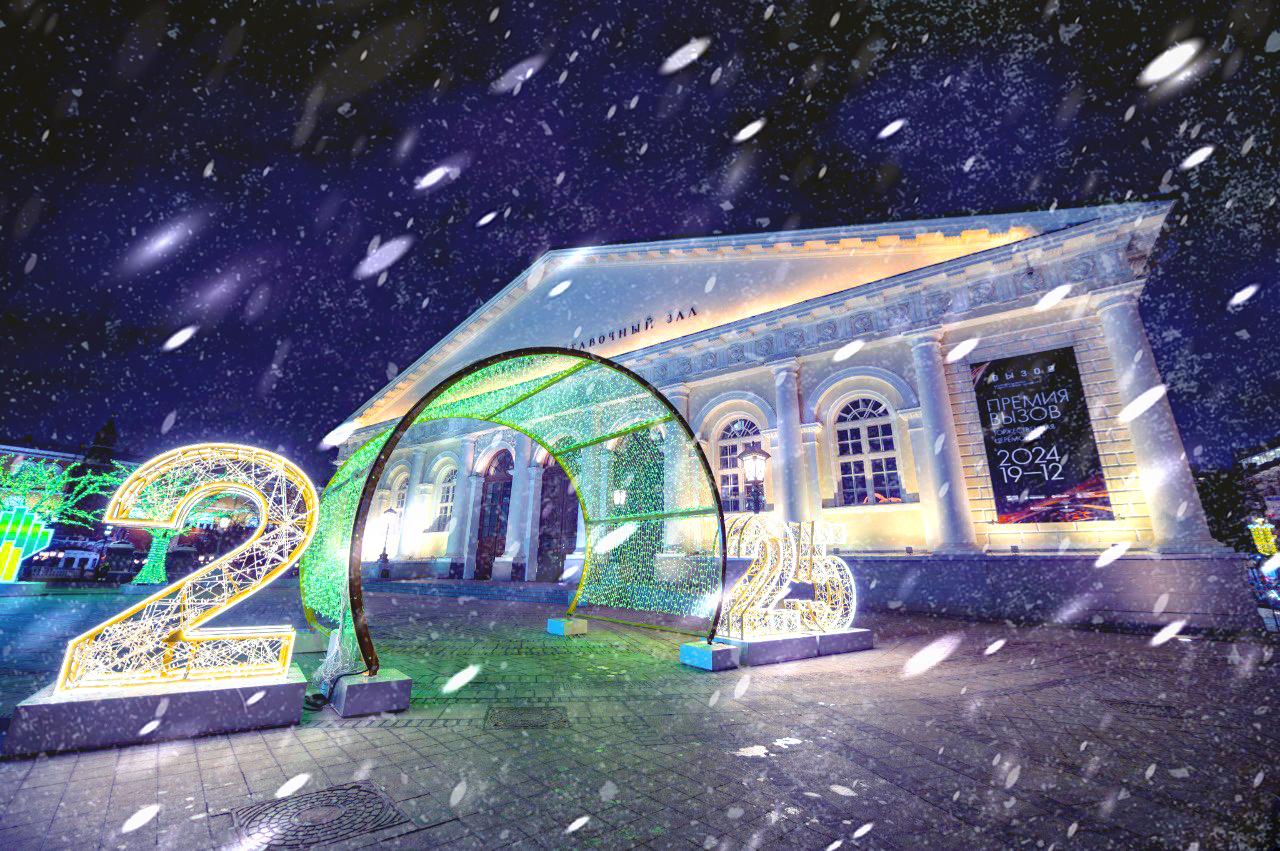


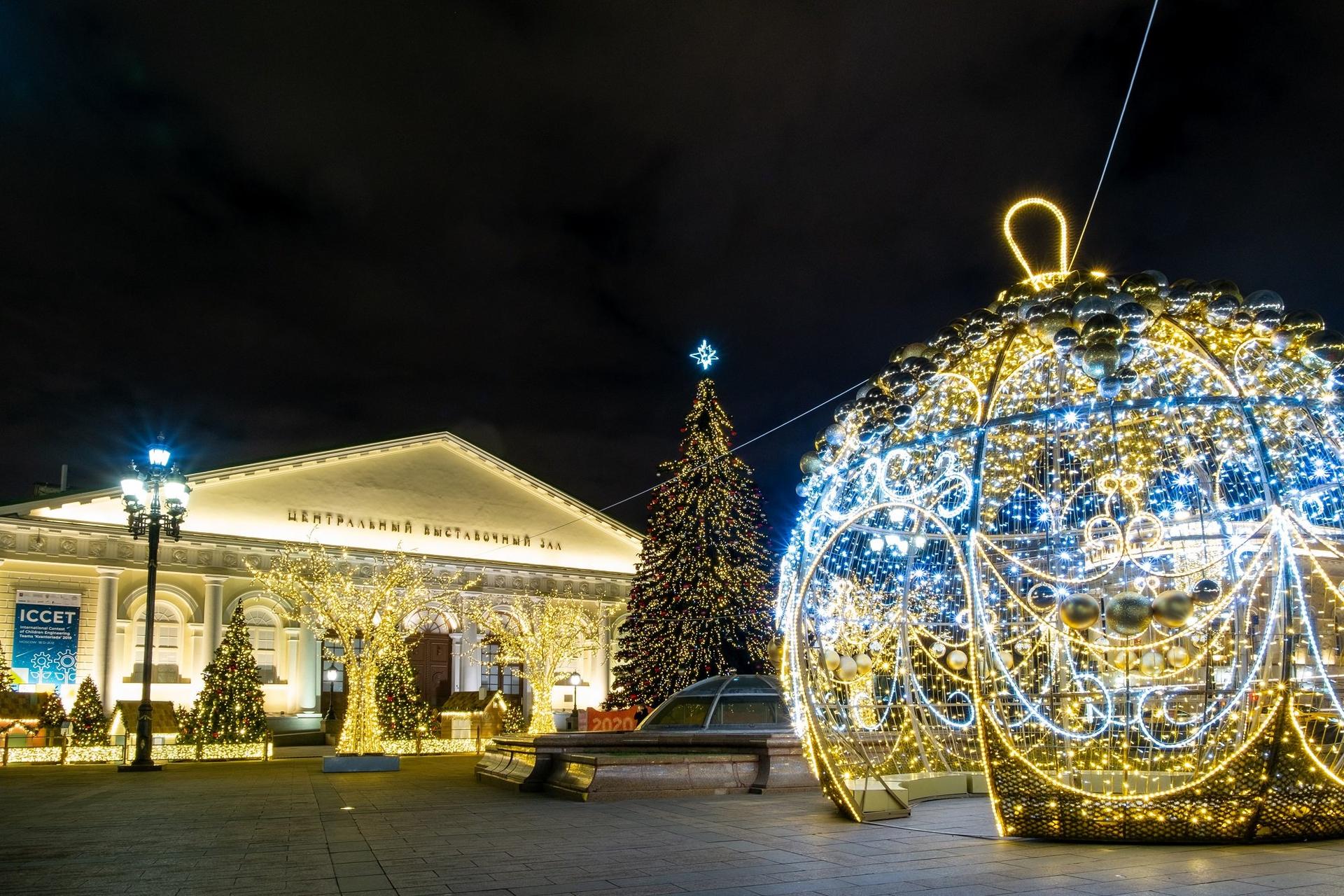
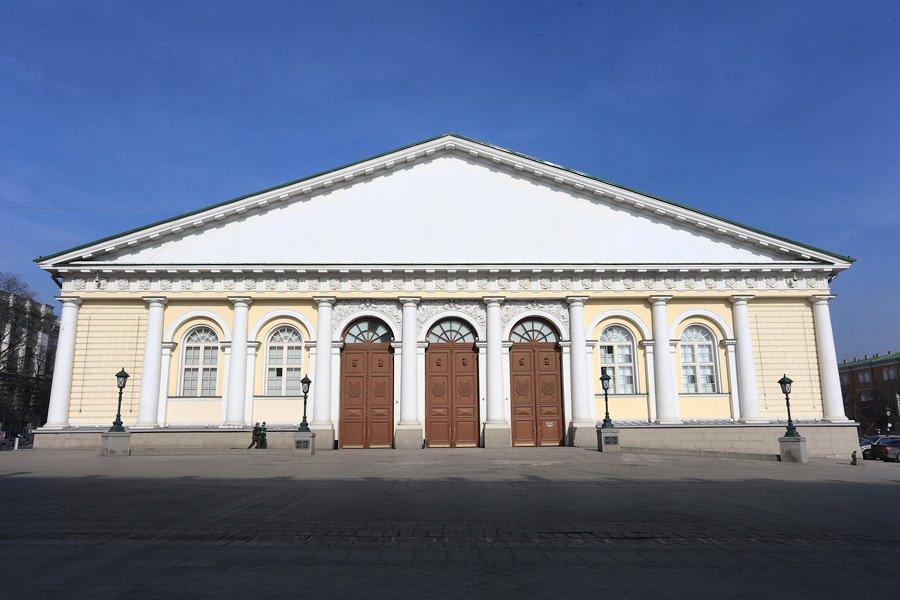
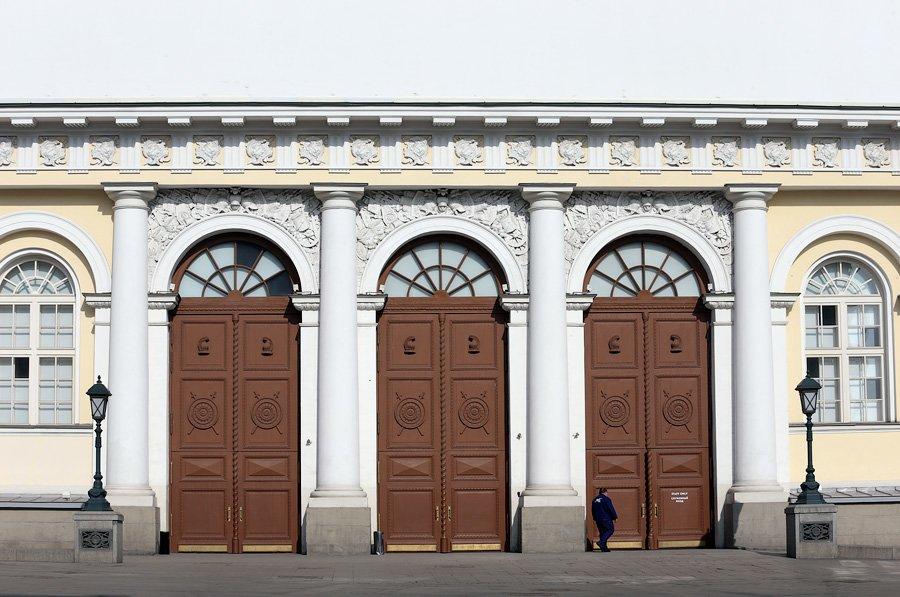
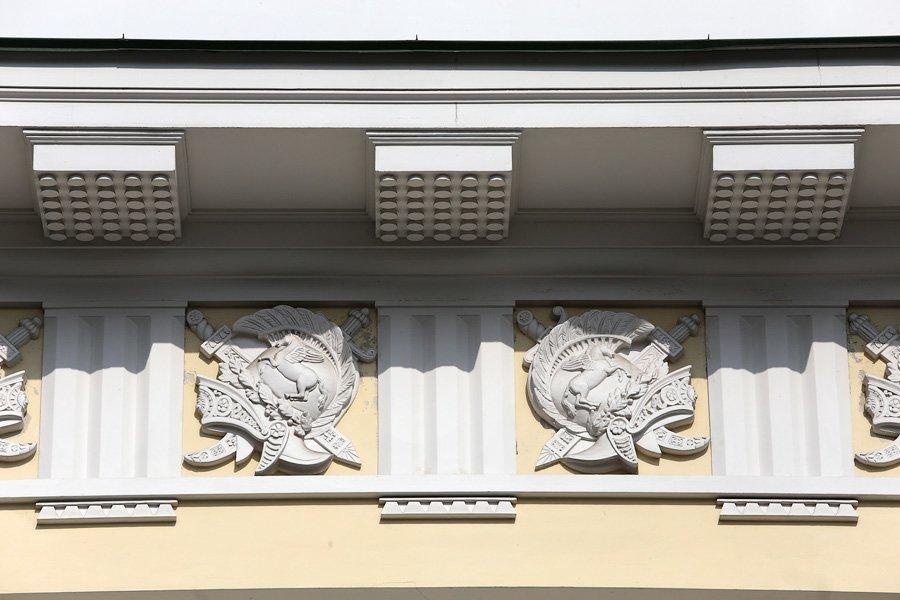
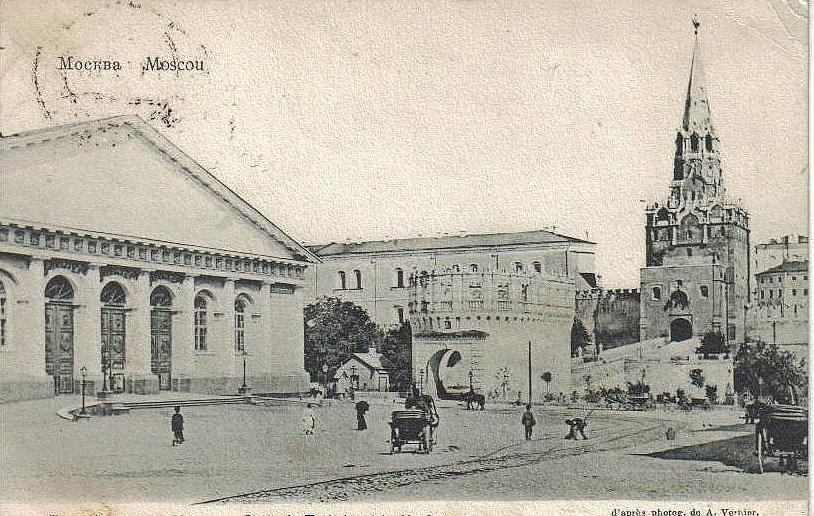
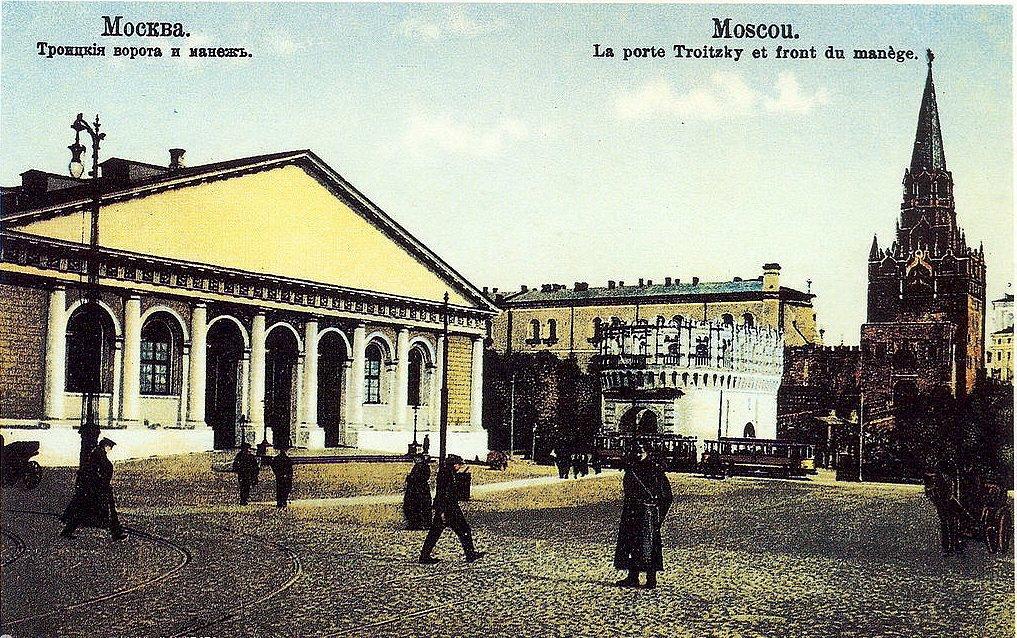
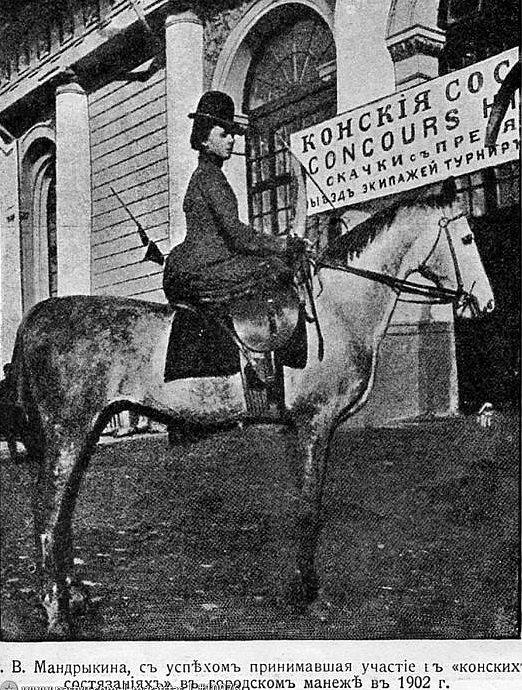
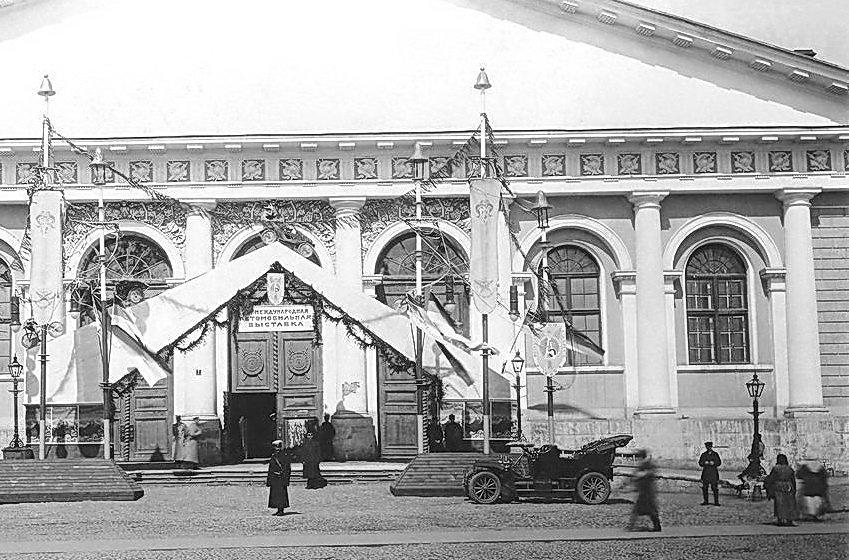

%20BEL_0521.jpg&w=1920&q=75)





